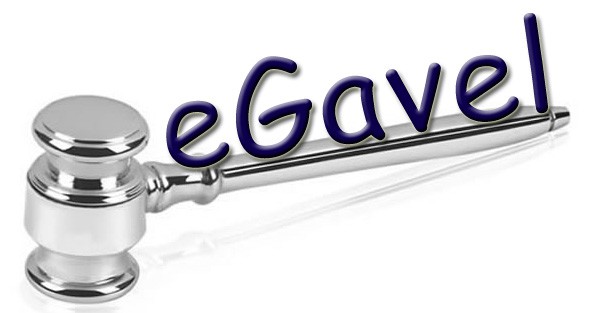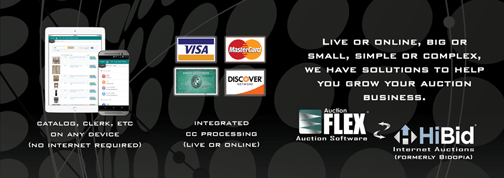Winter eGavel 2015 Pg5

Welcome to the MAA’s Winter 2015 eGavel!
eGavel Home, Page 1, 2, 3, 4, 5, 6, 7, 8
Download entire issue in PDF HERE.
The Most Important Mailing List (That Auctioneers Aren’t Using)
by Ryan George
 For years I’ve preached that the most important mailing list for an auction company to use is their list of past bidders. But I’ve been wrong—at least partially.
For years I’ve preached that the most important mailing list for an auction company to use is their list of past bidders. But I’ve been wrong—at least partially.
The line of thinking was that the most qualified prospects are those that are familiar with the auction process and have shown past interest in a specific asset category. Also, with Facebook’s Lookalike Audience tool, you could leverage the email address column of this in-house list to find tens of thousands of similar people just like your bidders (in any geographic region). For one of my clients, that Lookalike Audience technique has led to a noticeable increase in his average quantity of registered bidders.
Here’s the problem, though: if you do enough auctions, that list is going to become unwieldy—too large to efficiently send direct mail in the entirety. I’ve worked for a handful of auction companies who regularly mail 6,000 to 10,000 pieces to in-house lists; and I’ve consulted auction companies that mail tens of thousands of pieces per auction. I’ve regularly been asked how to sort a proprietary list down to the best candidates.
You can sort that by recent participation or number of auctions to which they’ve registered. If you specialize in personal property, you could also sort by expenditure levels. The problem is that there’s no way to tell—outside of maybe the art/collectibles or charity/benefit markets—if someone who bought something in the past wants to buy more of the same.
We can’t know who the satiated buyers are on our lists. If a past bidder was searching for a specific asset at a specific time, there’s a good chance they found what they wanted at the auction and/or somewhere else between then and now. This is especially true of lists I’ve seen auctioneers curate for a decade or more—something they not only often do but also advertise as a selling point. Because of this high probability of satiated buyers, our in-house lists have only a slight advantage, if any, over a purchased mailing list or Facebook’s Lookalike Audience tool.
There’s one direct mail list I would trust more than both a purchased list and a generic “past bidders” list. Other than time, it should cost nothing to capture. It’s a list of possibly the most motivated and qualified candidates for your next auction of a similar asset.
Your recent runner-up bidders.
I don’t think I’ve ever talked to an auction company that recorded that segment of their buyers. Online bidding platforms keep this information. These bidders shouldn’t be too hard to discover at on-site auctions, either—especially real estate ones. These folks are already in your clerking software. All it’d take to pull this data is an extra column in your database to indicate that they came in second.
This list will be relatively small in comparison to your whole list.
Maybe these prospects get a bigger postcard or brochure, while everyone else gets a cheaper teaser piece. Or maybe they’re the majority or entirety of your direct mail recipients, while everyone else gets emails and Lookalike Audience ads on Facebook (and now Instagram).
Facebook just announced last week that it’ll now be better able to match our mailing lists, as it opened up its tool to search by names and addresses—not just email addresses and cell numbers. Theoretically, that means we will be able to build Lookalike Audiences from smaller lists than those it currently needs. So, small lists of backup bidders might now be large enough to have their own Lookalike Audiences.
It’s a lot harder to unsubscribe from direct mail than email. So, even a list of people who’ve signed up for your mailing list could no longer be as full of interested parties as you think. If those prospects aren’t turning into bidders anyway, how much is that one-time indication of interest really worth?
Past bidders are a better guess than the general public, but those that left with money and without an asset are even better.
At the very least, it’s worth A/B testing your mailing lists to see which ones generate the most bidders and buyers. Best case scenario: this slice of your in-house database could free up a lot of marketing budget.


